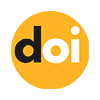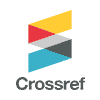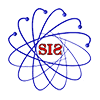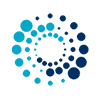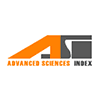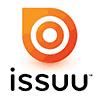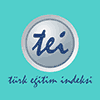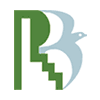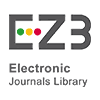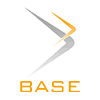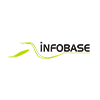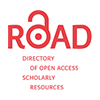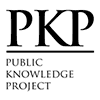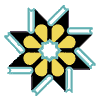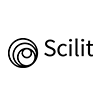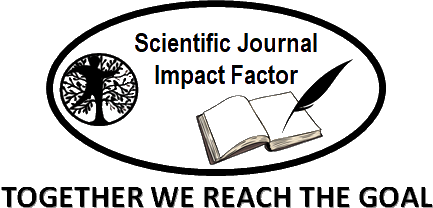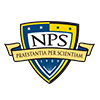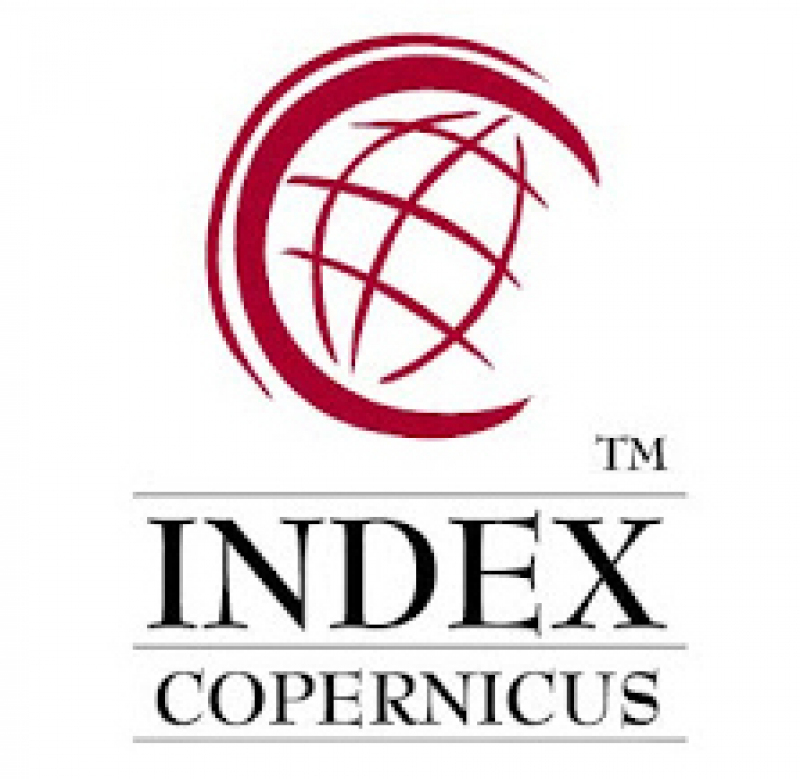Profile and Association between Self-Regulated Learning and Quality of Student Understanding in Mathematics Learning
Abstract
This study aims to describe the level of self-regulated learning for students with instrumental comprehension and relational comprehension and examine the association of comprehension quality with self-regulated learning of MTsN students in Banyuwangi Regency. This research is a survey research with quantitative approach. Sampling used proportional stratified random sampling. The sample size was 345 students from a population size of 2491. The instrument used was a self-regulated learning questionnaire. The validity used is content validation by experts and construct validity using Confirmatory Factor Analysis (CFA) while reliability uses Croncbach's alpha coefficient. All instruments were valid and reliable. Data analysis techniques used cross tabulation and Chi square test. The results showed that: (1) Students with instrumental understanding have a high level of self-regulated learning with an estimated proportion range between 46% and 71%. Students with relational understanding have a high level of self-regulated learning with an estimated proportion range between 47% to 74%, (2) There is a significant association between the quality of understanding and the level of self-regulated learning of students with a weak association strength using a significance level of 5%.
Keywords
Full Text:
PDFReferences
Azevedo, R., Guthrie, J. T., & Seibert, D. (2004). THE ROLE OF SELF-REGULATED LEARNING IN FOSTERING STUDENTS' CONCEPTUAL UNDERSTANDING OF COMPLEX SYSTEMS WITH HYPERMEDIA*. In J. EDUCATIONAL COMPUTING RESEARCH (Vol. 30, Issue 2).
Bandura, A. (1991). Social Cognitive Theory of Self-Regulation.
Boekaerts, M., Maes, S., & Karoly, P. (2005). Self-Regulation Across Domains of Applied Psychology: Is there an Emerging Consensus? In APPLIED PSYCHOLOGY: AN INTERNATIONAL REVIEW (Vol. 54, Issue 2).
Brenner, C. A. (2022). Self-regulated learning, self-determination theory and teacher candidates' development of competency-based teaching practices. In Smart Learning Environments (Vol. 9, Issue 1). Springer. https://doi.org/10.1186/s40561-021-00184-5
Butler, D. L. (2002). Individualising instruction in self-regulated learning. Theory into Practice, 41(2), 81-92. https://doi.org/10.1207/s15430421tip4102_4
Callan, G. L., & Shim, S. S. (2019). How Teachers Define and Identify Self-Regulated Learning. Teacher Educator, 54(3), 295-312. https://doi.org/10.1080/08878730.2019.1609640
Cassidy, S. (2011). Self-regulated learning in higher education: Identifying key component processes. Studies in Higher Education, 36(8), 989-1000. https://doi.org/10.1080/03075079.2010.503269
Duckworth, Kathryn. (2009). Self-regulated learning: a literature review. Centre for Research on the Wider Benefits of Learning, Institute of Education.
Dumas, D., Alexander, P. A., & Grossnickle, E. M. (2013). Relational Reasoning and Its Manifestations in the Educational Context: A Systematic Review of the Literature. In Educational Psychology Review (Vol. 25, Issue 3, pp. 391-427). https://doi.org/10.1007/s10648-013-9224-4
Ergen, B., & Kanadli, S. (2017). Öz düzenlemeli öğrenme stratejilerinin academic başarıya etkisi: Bir meta analiz çalışması.
Egitim Arastirmalari - Eurasian Journal of Educational Research, 2017(69), 55-74. https://doi.org/10.14689/ejer.2017.69.4
Greenacre, M. J.. (1984). Theory and applications of correspondence analysis. Academic Press.
Harding, S.-M. (2018). Self-regulated learning in the classroom. https://www.researchgate.net/publication/327051231
Hiebert, J. (2017). CONCEPTUAL AND PROCEDURAL KNOWLEDGE: THE CASE OF MATHEMATICS.
Jitendra, A. K., Nelson, G., Pulles, S. M., Kiss, A. J., & Houseworth, J. (2016). Is mathematical representation of problems an evidence-based strategy for students with mathematics difficulties? Exceptional
Children, 83(1), 8-25. https://doi.org/10.1177/0014402915625062
Mellin, S., & Olsen. (1981). INSTRUMENTALISM AS AN EDUCATIONAL CONCEPT.
Nufus, H., Muhandaz, R., Hasanuddin, Nurdin, E., Ariawan, R., Fineldi, R. J., Hayati, I. R., & Situmorang, D. D. B. (2024). Analysing the students' mathematical creative thinking ability in terms of self-regulated learning: How do we find what we are looking for? Heliyon, 10(3). https://doi.org/10.1016/j.heliyon.2024.e24871
Panadero, E. (2017). A review of self-regulated learning: Six models and four directions for research. In Frontiers in Psychology (Vol. 8, Issue APR). Frontiers Media S.A.
https://doi.org/10.3389/fpsyg.2017.00422
Pintrich, P. R. (2004). A Conceptual Framework for Assessing Motivation and Self-Regulated Learning in College Students. In Educational Psychology Review (Vol. 16, Issue 4).
Schraw, G., Kauffman, D. F., & Lehman, S. (2006). Self-Regulated Learning. In Encyclopedia of Cognitive Science. Wiley. https://doi.org/10.1002/0470018860.s00671
Schunk, D. H., & Greene, J. A. (2017). Handbook of Self-Regulation of Learning and Performance.
Star, J. R., & Stylianides, G. J. (2013). Procedural and Conceptual Knowledge: Exploring the Gap Between Knowledge Type and Knowledge Quality. Canadian Journal of Science, Mathematics and Technology Education, 13(2), 169-181. https://doi.org/10.1080/14926156.2013.784828
Sugiyono. (2014). Metode Penelitian Kuantitatif, Kualitatif Dan Kombinasi (Mixed Method). Bandung: Alfabeta.
Tang, M., & Neber, H. (2008). Motivation and self-regulated science learning in high-achieving students: Differences related to nation, gender, and grade-level. High Ability Studies, 19(2), 103-116. https://doi.org/10.1080/13598130802503959
Teal. (2010). Self-Regulated Learning.
Türker Biber, B. (2022). Self-Regulated Learning Strategies Used by Students to Prepare Mathematics Exams. International Journal of Progressive Education, 18(4), 223-238. https://doi.org/10.29329/ijpe.2022.459.16
Viberg, O., Khalil, M., & Baars, M. (2020). Self-regulated learning and learning analytics in online learning environments: A review of empirical research. ACM International Conference Proceeding Series, 524-533. https://doi.org/10.1145/3375462.3375483
Walpole. (2012). Probability Statistics for Engineers Scientists (9th_Edition).
White, D. R. (2003). A Student's Guide to Statistics for Analysis of Cross Tabulations.
https://www.researchgate.net/publication/245086225
Yıldızlı, H., & Saban, A. (2016). The effect of self-regulated learning on sixth-grade Turkish students' mathematics achievements and motivational beliefs. Cogent Education, 3(1). https://doi.org/10.1080/2331186X.2016.1212456
Yusuf, M. (2011). The impact of self-efficacy, achievement motivation, and self-regulated learning strategies on students' academic achievement. Procedia - Social and Behavioural Sciences, 15, 2623-2626. https://doi.org/10.1016/j.sbspro.2011.04.158
Zimmerman, B. J. (1990). Self-Regulated Learning and Academic Achievement: An Overview. Educational Psychologist, 25(1), 3-17. https://doi.org/10.1207/s15326985ep2501_2
Zimmerman, B. J. (2000). Attaining Self Regulation A Social Cognitive Perspective.
Zimmerman, B. J. (2008). Investigating self-regulation and motivation: Historical background, methodological developments, and future prospects. American Educational Research Journal, 45(1), 166-183. https://doi.org/10.3102/0002831207312909
Zimmerman, B. J. (2015). Self-Regulated Learning: Theories, Measures, and Outcomes. In International Encyclopedia of the Social & Behavioural Sciences: Second Edition (pp. 541-546). Elsevier Inc. https://doi.org/10.1016/B978-0-08-097086-8.26060-1
DOI: http://dx.doi.org/10.18415/ijmmu.v12i2.6779
Refbacks
- There are currently no refbacks.
Copyright (c) 2025 International Journal of Multicultural and Multireligious Understanding

This work is licensed under a Creative Commons Attribution-NonCommercial-NoDerivatives 4.0 International License.
https://ijmmu.com
editor@ijmmu.com
facebook.com/ijmmu
Copyright © 2014-2018 IJMMU. All rights reserved.





